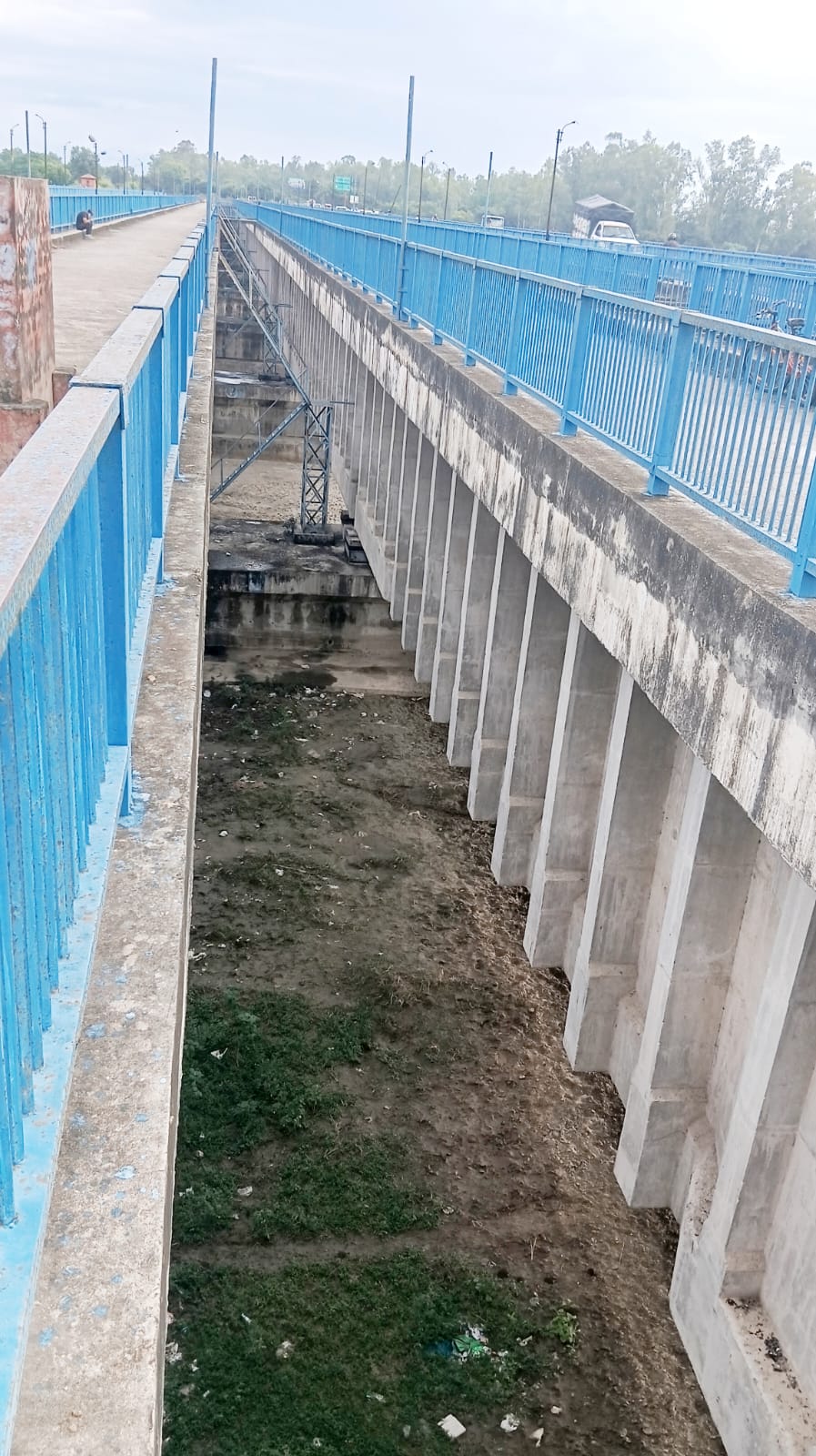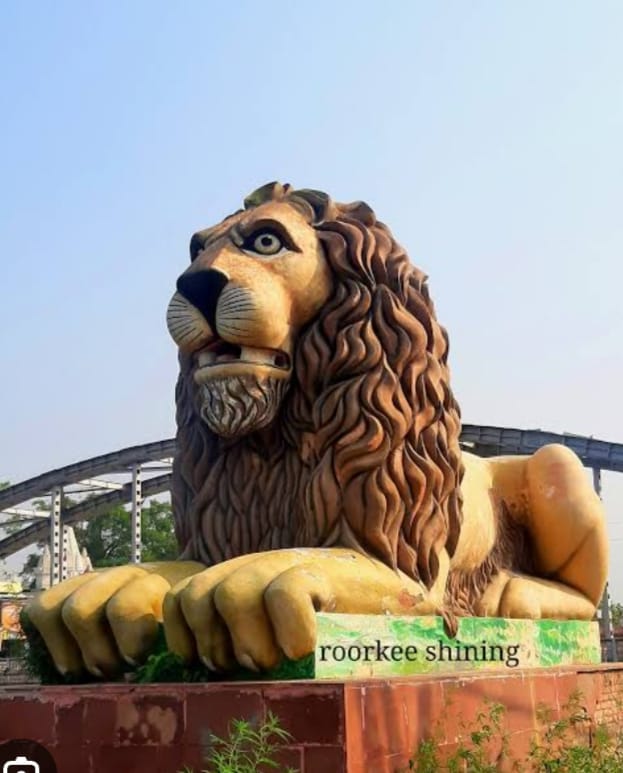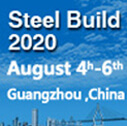By
Kaushal Kishore
Materials Engineer, Roorkee
The new Solani aqueduct on Ganges canal Roorkee was built with prestressed concrete which allows for longer spans and a simple more robust design compared to old bricks, lime- surkhi mortar masonry arches of the old aqueduct, in which 8.5 crores bricks were used, while iron railing used in the sides of two lanes were imported from England. This is interesting to note that materials bringing those days on ship from England to Indian ports take 6-10 weeks via the Suez canal or 3 to 6 months via the longer Cape of Good Hope. Calculate in it also time taken on road from Indian ports to Roorkee.
After retirement from University of now IIT Roorkee I joined M/S Roffe Construction Chemicals Pvt.Ltdd, Mumbai as it’s Chief Concrete Technologists afterwards I became it’s one of the Director.

AQUEDUCT picture taken on 7/10/2025
For the contractor of above aqueduct I designed M-40 grade of concrete with Roffe superpladticizer. Those interested may read my paper by visiting Google site and log in; Civil engineering portal The Ganges canal by Kaushal Kishore.
I had designed numerous concrete mix design almost all cements of India in this I find Utra Tech cement as one of best cement OPC and PPC both With Ultratech cement I had designed numerous concrete mixes from ordinary strength to M-80 grade concrete, self compacting concrete, shot crete concrete, fibre reinforced concrete, fly ash concrete and more There is life after retirement and after retirement I worked for 30 year’s which includes in free time working in home research and testing laboratory and numerous construction sites visits almost all India and outside India. At my age of 92 years I still work for 12 hours daily.
I had never worked for money. In spite of doing so gigantic work what to say about car I even do not have 2 wheeler not any of my house not a single inch of land in this world only pension from IIT Roorkee and few clothes

























My dream is to become an civil engineer thou am from a low financial family i used all what i have to check on civil engineering,And i’m now studying construction technician one,And i pray that the Almighty God help me to achieve my determination successfully Amen.
i wants to know about FCC in remote sensing….
Dear Sir
I am highly grateful and wishing a long life achievements …specialy to founder of this website..
Thanks/Best regards
Samarendra Samal
Sr.Project Engineer
in the design of multi-storey structures, is it advisable to place pipes that would convey black water and grey water from the top-most floors through COLUMNS to the septic tank in the earth? if yes how about maintenance of the pipes when they are faulty or there are leakages. Thank you.
they can be used along with the column …not exactly in the column so it can easily be repair
As far as column concerned, Pipies should not be through columns.
Sir i wanna knw any seminar or civil related scope for which any 8 th sem students are eligible…..///………..plzz let me knw…
You can contact Ambuja Cements for technical workshops like Concrete Mix Design and Advance Concrete Mix Design Workshops
i want to know how to read section drawing of civil works
Hey, nanna nothing difficult in that…As u r Civil Engineer just tune on ur imagination power so that where ordinary person is looking at plaster u wl b luking at brick masonary, R.C.C. coping behind that plaster on wall.
U have to just do one thing, imagine to be walking on section line by watching the room in the direction of arrows of section line given. And watever u r luking u hv 2 draw the same… that means if ur section line is passing through 230mm thk. brick wall u wl draw two vertical ines with 23omm distance in between them. Then, if the same wall is having window or door, then u will show that in wall drawn with dimensions of window or any chajja proj, if any. U wl use signatury language for all our civil items i.e. for concrete dots and small solid triangles etc..etc…
I hope u would have understand wat i wish 2 tel u.
pradnya
sir i am final sem civil engineering student i am want to pursue my masters but i am not confused about the stream can please give me a list streams and collages that offers it
Sir i wanna knw any seminar or civil related scope for which any 6 th sem students are eligible…..///………..plzz let me knw…
You can take Concrete mix design related subjects/topics
assalaam walekum to all my muslim friends , and hi to all my non-muslim freinds
i want to know that how i can calculate the weight of bar used in reinforcement , if its dia is 15 mm???
Just remember one formula
Wt. of ber = {(Dia. of bar in mtr.)^2}/165
wt of 15mm dia. bar = (0.015X0.015)/165
walekum assalaam . . its simple, , calculate the vol. of bar. . den multiply it with density(density of mild steel is 7850 kg/m3) u will get the mass, .
find out the cross sectional area and then multiply it by its lenght and then multiply by density (7850 kg/m3)
Dia square/162
Salam! you can use from the formula: 0.00617(d*d) in this formula d is the diameter of the bar for example you want find the weight of 15 diameter bar, don’t forget that this formula will find the weight of one meter bar you can multiply the length of your bar to the result and you will find your answer.
Pls sir i am very confused in calculating the three depth in hydraulic jump ,critical ,sequential depth and alternate depth pls some one should explain better thanx
What do you mean by rcc work
RCC stands for Reinforced Cement Concrete. When any structural member etc is made up of concrete (mixture of sand,cement, aggregates, water) and steel for tensile strength thats call RCC work. For ex:- UGWT slabs, columns, beams, foundation etc.
Concrete gives compressive and steel gives tensile strength.
rcc means reinforced concrete cement. . this work includes the slabs (one way and two way)lintels. .roofs, ,etc, , the cement and steel are used together, framed steel is filled with cocnrete, ,steel bars are provided to eithstand the tension in the structure , ,
Reinforced Cement Concrete Work
rcc work is a work which is used for given the perticular strength,stbility,and sefty for a member.in the rcc work the very important roll of the reinforcement………….
why is sea sand and water not used in construction
Sea sand and water is highly salted which may cause corrosion of steel in concrete. hence,…
sea sand (as aggregate ) and sea water in not used in const. work coz it consists a high quantity of salt(alkalies materials) in it which produces efflorescence in the various building materials like concrete, cement mortar, brickwork etc. ……ok
Because it contains Cholride in very high %, which changes cement properties and also corroded steel in RCC Works.
because sea water contains salt and its highly corrosive………..then u think what happend if we use sea sand and water
The key in achieving quality construction is the right selection of constituents. Sea water and sand contain chemicals (Such as chlorides) which will produce harmful reactions in construction mixes and lead to deterioration eventually. River sand and potable water are generally safe to use. However marine dredged aggregates are common in certain countries where local regulations are stringent on using conventional resources. But such materials require certain treatment (Such as washing) before they can be used in construction.
Proud to b a civil engineering student.
yes man………broadest range in engg
Sir i want to some basic of building design please let me know
There is no shortcuts to learn design… just learn typically all RCC memebers, joints designs and that will create basic concepts in your mind with some support of technical justification…
Sir, I am thinking to do Civil Engineering from IGNOU. What should I Do Degree or Diploma? Will it be useful for me? My qualification is B.Sc. (PCM) in 2001 from Kumaon University Nainital
Please discuss about alternate jump and sequential jump in hydraulics jump
hello sir
i m civil engineer. i provide the service on total station. i want to start construction biz. how to start??? how to get work???
helo sir,
I am student of DAE (diploma of associate engineering) kindly suggest me a complete labeled diagram of a bridge in which all components of bridge must shown……please
thank you
sir, i have finished doing auto cad ,revit & stad . please guide me if there are any other software to be done .before my engineering get through.
sir, iam working in infrastructure company, i need a book about highway construction. please suggest me, which book is good.